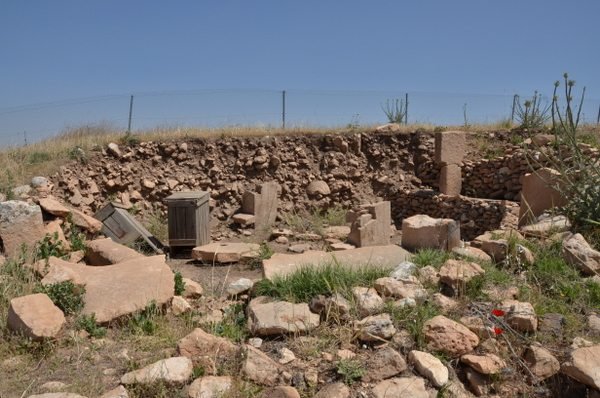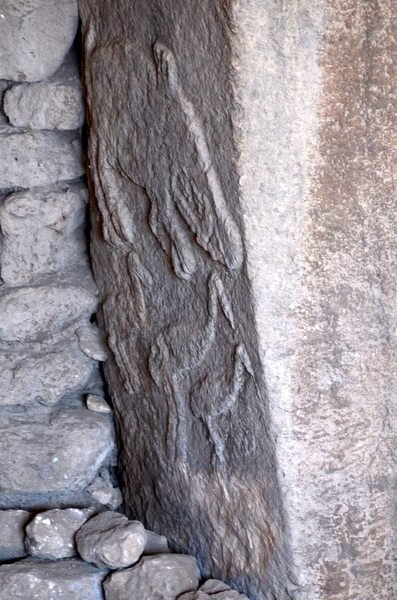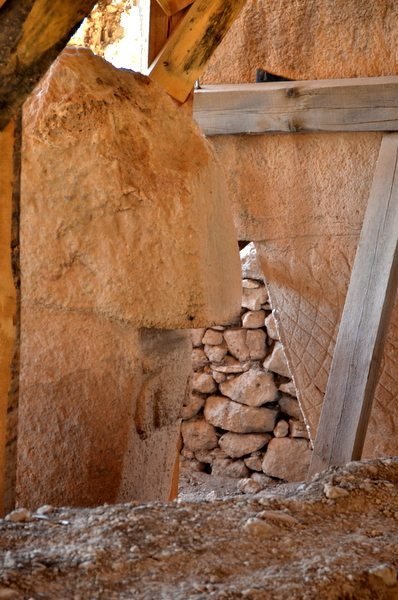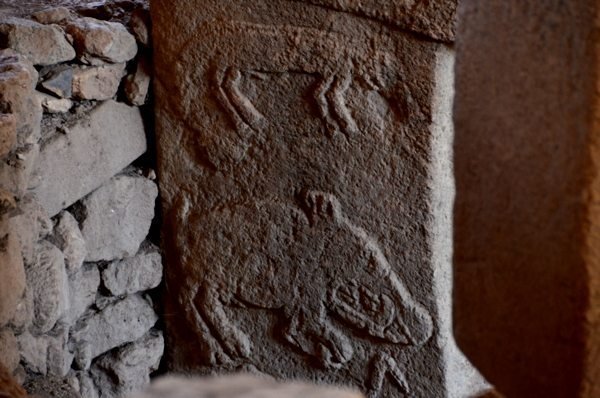Photo Gallery: Göbekli Tepe, Turkey

Göbekli Tepe (read more here) is a very important archaeological site in southeastern Turkey, dating back to the Neolithic period, but showing the first known example of humans building monuments. Older than Stonehenge and far older than the pyramids, Göbekli Tepe is even older than agriculture.

Cut from nearby limestone, the t-shaped pillars were arranged in circles with two central pillars.
The hilltop had already been noted in the 1960s but was passed over, assumed to be an unimportant medieval cemetery or a military outpost of the Byzantines. But several feet below the surface lay one of the most important archaeological finds of the last century.
Animals — some cranes or herons and perhaps a wild boar — are carved into the massive pillars which weigh up to 16 tons.
Varying patterns carved into the tops of the stone columns remain a mystery. Guesses are nothing more than that. Could these circles have had some sort of roof? Is there an astronomical, symbolic, calendar significance? We may never know.
The land around Gobekli Tepe is arid and deeply damaged by centuries of grazing animals, but at one time it was fertile and home to abundant wildlife.
Professor Klaus Schmidt had heard of this hill while working at a nearby Neolithic site. The minute he laid eyes on it, he knew it wasn’t just an ordinary hill.

Until recently the site was completely undeveloped for tourists. A new boardwalk was just put in and a shelter protects the stone circles from the elements. A nicer construction is in the works as well as a visitor center.
While underground imaging indicates there are at least 16 of these circles around the hilltop, only four have been excavated almost completely, and these are the only circles open for travelers.
What appears to be an eagle on one of the t-shaped limestone pillars.
What appears to be a fox, and unfortunately, the fox says nothing about what these Neolithic people were doing here exactly.
Holes drilled in some of the stones also remain a mystery, though one writer offers theories of an astronomical connection.
Ducks parade around the base upon which one of the two central pillars of Circle D stands.
The two central t-shaped pillars are decorated and appear to represent male and female. See the fingers of two hands midway up the column.
Professor Klaus Schmidt has started excavation on some of the dozen or so stone circles that haven’t been exposed to determine if the pattern of them is consistent throughout.
Read the article about Gobekli Tepe.
Enjoy Kevin’s blog posts from Southeastern Turkey! Click here for his Gaziantep trip including these two posts about Gobekli Tepe.





























 ORDER YOUR COPY TODAY!
ORDER YOUR COPY TODAY! ORDER YOUR COPY TODAY!
ORDER YOUR COPY TODAY!
Pingback: The World’s Oldest Temple: Göbekli Tepe in Turkey
Pingback: Want Greek Ruins? Go to Turkey